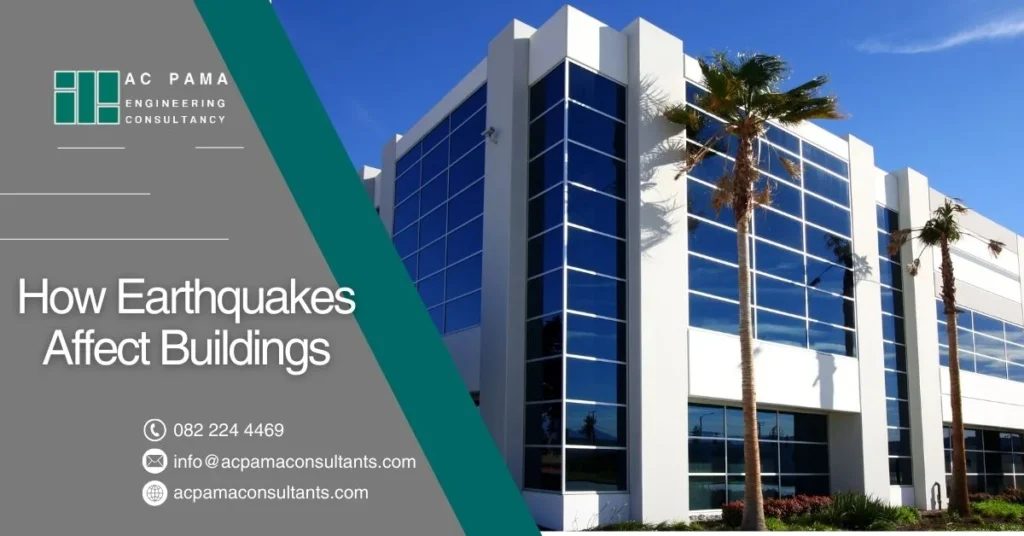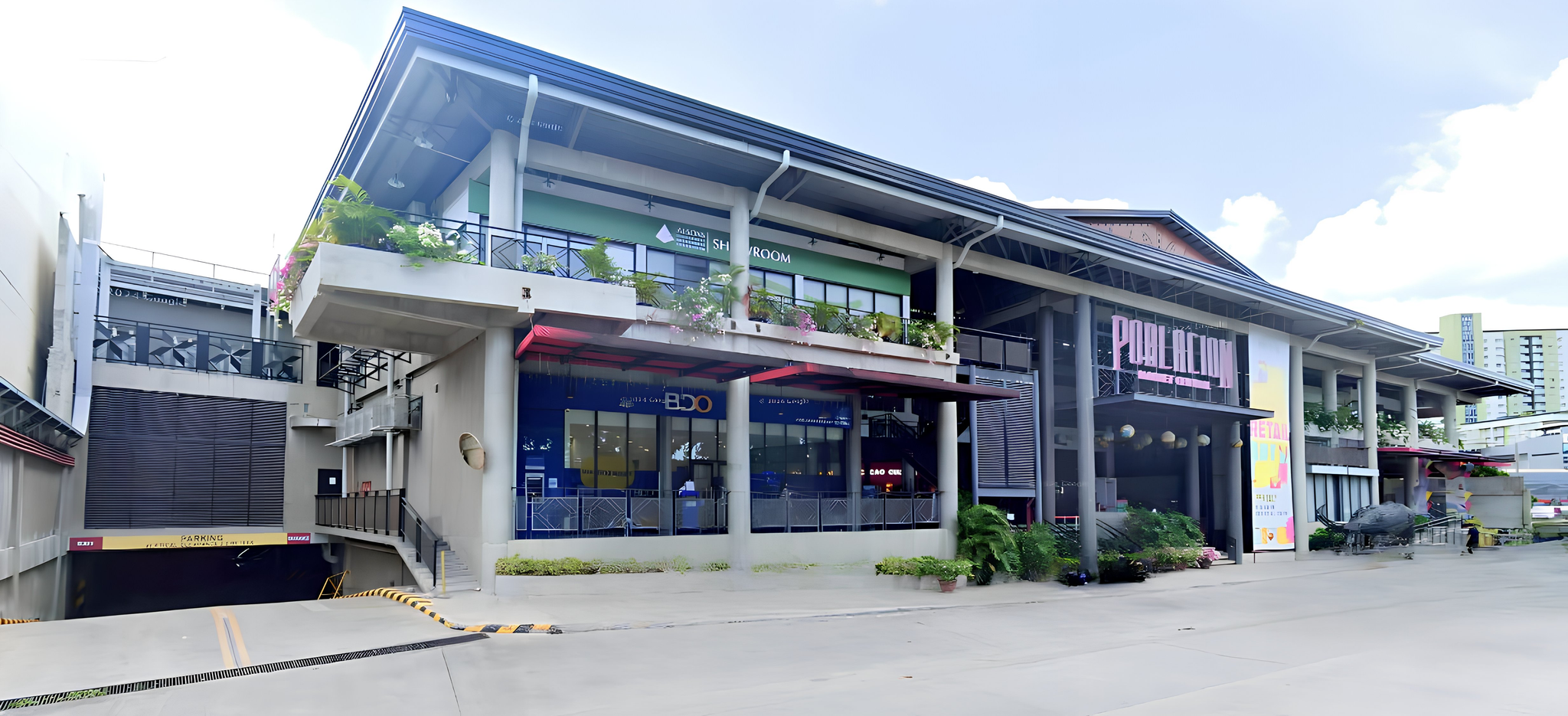Earthquakes are among nature’s most powerful forces, capable of causing massive destruction in just a few moments. For buildings, understanding how seismic activity impacts their structural integrity is critical to minimizing damage and saving lives. From the science behind seismic forces to modern engineering solutions, this blog explores the intricate relationship between earthquakes and structures.
The Science of Earthquakes and Seismic Forces
What Happens During an Earthquake?
An earthquake occurs when tectonic plates beneath the Earth’s surface shift, releasing energy in the form of seismic waves. These waves travel through the ground, creating shaking that can vary in intensity depending on factors such as the earthquake’s magnitude, depth, and proximity to the surface.
For buildings, this ground shaking generates horizontal and vertical forces, which can stress structural components beyond their capacity.
Types of Seismic Waves and Their Impact
Seismic waves come in two primary forms:
- Body Waves:
- Travel through the Earth’s interior.
- Include P-waves (compressional waves) and S-waves (shear waves).
- It can cause rapid movement that disrupts building foundations.
- Surface Waves:
- Move along the Earth’s surface.
- Include Love waves and Rayleigh waves, which produce rolling or swaying motions.
- These are the most damaging to buildings due to their high energy and prolonged impact.
Understanding these forces is essential for structural engineers to design buildings that can withstand seismic activity.
How Earthquakes Impact Different Types of Buildings
Traditional Buildings vs. Modern Structures
Traditional Buildings
Older buildings often need more reinforcements to endure earthquakes. Made from materials like brick, stone, or unreinforced concrete, these structures are prone to cracking and collapse during strong seismic events.
Modern Structures
Contemporary buildings incorporate advanced materials and engineering principles designed to resist seismic forces. Features like reinforced concrete, steel frames, and shear walls enhance their durability.
The Role of Building Height and Shape
- Short Buildings
- More resistant to low-frequency waves but vulnerable to high-frequency seismic waves.
- Can suffer localized damage, such as cracks in walls or beams.
- Tall Buildings
- Subject to sway during seismic activity due to their height and flexibility.
- A detailed analysis of vibration frequencies is required to prevent catastrophic resonance.
- Irregularly Shaped Buildings
- Experience uneven stress distribution, making them more likely to sustain damage in critical areas.
- Need specialized engineering designs to ensure stability.
Structural Engineering Solutions for Earthquake Resistance
Key Design Principles
Structural engineering plays a vital role in reducing the impact of earthquakes on buildings. Engineers incorporate these principles into their designs:
- Base Isolation
- It uses flexible pads or bearings to separate the building’s foundation from the ground.
- Allows the structure to move independently from the shaking ground, reducing stress.
- Ductility
- Ensures materials like steel and reinforced concrete can bend without breaking.
- Prevents sudden collapse by allowing structures to absorb seismic energy.
- Energy Dissipation Devices
- Includes dampers and braces that absorb and dissipate seismic forces.
- Reduces the energy transmitted to the main structural frame.
Retrofitting Existing Structures
For older buildings, retrofitting is essential to enhance earthquake resistance. Techniques like adding steel braces, jacketing columns, or using carbon fiber reinforcements can significantly improve safety.
The Role of Structural Engineers in Earthquake Safety
Structural engineers are at the forefront of designing buildings that can endure seismic activity. They analyze local seismic risks, soil conditions, and building usage to create structures that are both safe and functional.
In Davao City and across the Philippines, where earthquakes are a frequent concern, AC Pama Engineering Consultancy specializes in creating resilient designs. With expertise in construction project management and structural engineering, we provide tailored solutions to safeguard buildings and their occupants.
Protect Lives and Property with Expert Engineering
Earthquakes are unpredictable, but their impact doesn’t have to be catastrophic. Through innovative designs and meticulous planning, structural engineers can make buildings safer and more resilient.
If you’re planning a new construction project or need assistance with retrofitting an existing structure, trust the experts at AC Pama Engineering Consultancy in Davao City. We serve clients nationwide, ensuring that safety and quality are at the core of every project.
Contact us today to learn how we can make your building earthquake-resistant.



